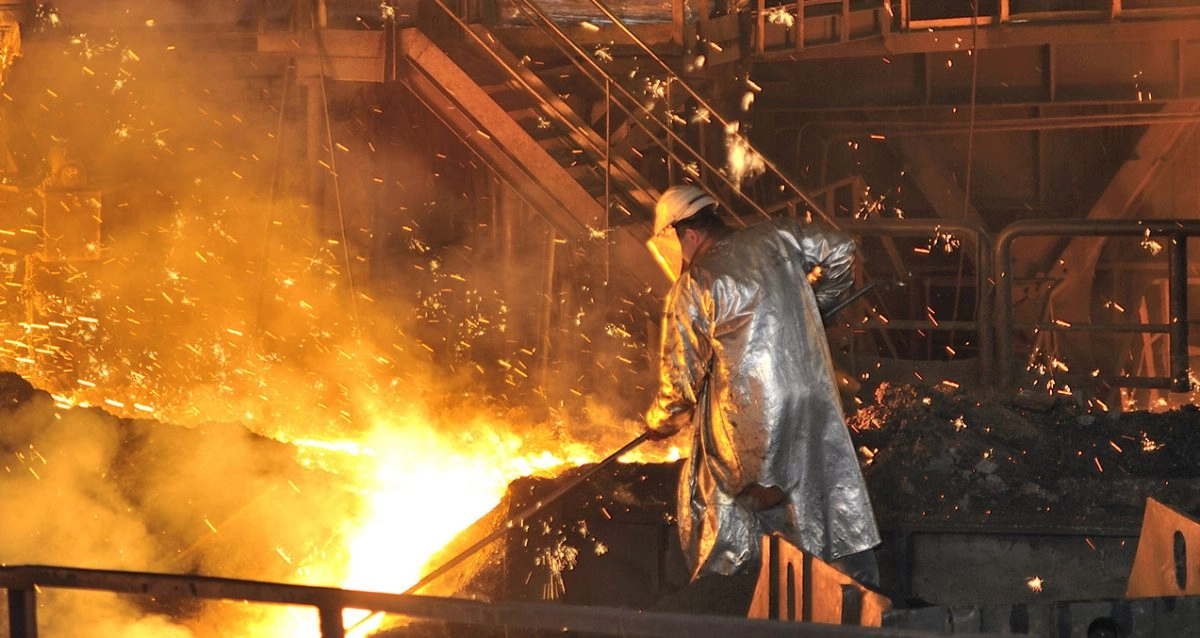
South America’s logistics and warehousing industry is expanding rapidly. From e-commerce hubs in São Paulo, to cold storage facilities in Buenos Aires, and port warehouses in Cartagena, the sector is hiring millions of workers. These employees often face 12-hour shifts, hot and humid environments, repetitive tasks, and heavy equipment hazards.
Without the right workwear, the risks include heat stress, slips, musculoskeletal injuries, contamination, and even long-term health problems. For distributors and agents, providing tailored workwear is not only a way to capture this market—it’s also a chance to improve safety and productivity across the supply chain.
In South American logistics and warehousing, essential workwear includes breathable coveralls, reflective safety vests, slip-resistant safety shoes, anti-fatigue insoles, gloves for handling goods, and lightweight helmets. Buyers must balance comfort for long shifts, durability under heavy use, and compliance with standards like EN ISO 20345 (footwear), EN ISO 20471 (high visibility), and ANSI/ISEA 107 (reflective wear).
Why Logistics & Warehousing in South America Requires Specialized Workwear
-
Long Working Hours
Shifts often extend beyond 10–12 hours. Poorly designed gear leads to fatigue, discomfort, and reduced productivity. Ergonomic, lightweight, and breathable workwear is critical. -
Diverse Environments
Workers move between hot outdoor loading docks, cold storage chambers, and standard warehouse floors. Clothing must adapt to temperature shifts without sacrificing safety. -
High Accident Risk
Warehouses involve forklifts, conveyor belts, stacked pallets, and heavy packages. Helmets, gloves, and safety shoes reduce accidents. Reflective vests are especially important in low-light storage zones. -
E-Commerce Surge
The growth of platforms like Mercado Libre and Amazon in South America means logistics hubs are operating around the clock. Higher throughput requires stricter adherence to safety protocols, boosting demand for reliable workwear. -
Compliance & Professionalism
International brands operating in South America (Walmart, DHL, Maersk, etc.) demand compliance with global safety standards, meaning certified workwear is often mandatory.
Real-World Cases from Warehousing & Logistics
Case #1 – Cold Storage Facility in Chile
Workers wore regular cotton uniforms while handling frozen goods. Within weeks, cases of hypothermia and respiratory issues increased.
Fix: Switched to insulated jackets with moisture-wicking base layers, reducing cold-related absenteeism by 60%.
Case #2 – Logistics Hub in Brazil
Forklift operators used low-quality safety boots without anti-slip soles. Several accidents occurred due to slips on oily floors.
Solution: Introduced EN ISO 20345 SRC-rated boots with reinforced toes and anti-slip features. Accident rate dropped significantly.
Case #3 – E-commerce Warehouse in Colombia
Workers complained of fatigue after long shifts due to hard concrete floors. Many developed back pain and foot issues.
Outcome: Supplier added anti-fatigue insoles and cushioned safety shoes. Worker satisfaction improved, and absenteeism decreased by 30%.
Case #4 – Port Operations in Peru
Dockside workers wore generic vests that tore quickly in rough handling. Lack of visibility during night shifts caused near-misses.
Lesson: Upgraded to high-visibility ANSI/ISEA 107 reflective vests with reinforced stitching. Both visibility and durability improved, winning approval from port authorities.
Case #5 – Cross-Docking Facility in Argentina
Workers handling thousands of packages used bare hands for speed. Cuts and abrasions were common.
Improvement: Lightweight nitrile-coated gloves were introduced, maintaining dexterity while preventing injuries. Compliance also satisfied multinational clients auditing the site.
These real-world stories prove that choosing the wrong workwear is expensive, both in human and financial terms. On the other hand, the right workwear enhances safety, boosts morale, and builds credibility with international partners.
PPE & Workwear Standards Relevant to South American Warehousing
| Standard / Regulation | Purpose |
|---|---|
| EN ISO 20345 | Safety footwear (toe protection, slip resistance) |
| EN ISO 20471 / ANSI/ISEA 107 | High-visibility clothing for warehouse/traffic zones |
| EN 343 | Waterproof and breathable outerwear |
| EN 388 | Mechanical risk protection for gloves |
| ISO 13688 | General protective clothing requirements |
| Local Standards (Brazil NR-6, Argentina IRAM, Chile NCh) | National regulations requiring certified PPE use |
👉 Key Insight: Even when local enforcement is inconsistent, many multinational companies in South America require suppliers to meet European or North American standards for auditing purposes.
Key Workwear Items for Logistics & Warehousing
| Item | Primary Purpose | Recommended Material |
|---|---|---|
| High-Visibility Vests | Improve visibility around forklifts, trucks | Polyester with reflective tape |
| Safety Boots (EN ISO 20345 SRC) | Prevent slips, impact, and foot fatigue | Nitrile-PVC blends, cushioned insoles |
| Lightweight Helmets | Protect against falling packages, collisions | HDPE with sweatband |
| Cold Storage Jackets | Prevent hypothermia in frozen facilities | PU-coated insulated fabrics |
| Anti-Fatigue Insoles | Reduce strain during 12-hour shifts | EVA, PU memory foam |
| Gloves for Handling Goods | Prevent cuts, abrasions, and contamination | Nitrile-coated fabric, breathable |
| Breathable Coveralls | Protect clothing and skin during long shifts | Polyester-cotton blends |
Material Selection Tips
- Polyester-Cotton Blends (65/35) → Lightweight, breathable, and durable; ideal for hot warehouses.
- PU-Coated Fabrics → Provide water resistance in ports or cold storage.
- HDPE Helmets → Affordable and durable, with optional sweatbands for humid climates.
- Nitrile-Coated Gloves → Flexible, breathable, and cut-resistant—perfect for handling cartons.
- Memory Foam Insoles → Reduce fatigue and injuries in long-shift environments.
✅ Pro Tip: Avoid 100% heavy cotton uniforms in tropical South America. They absorb sweat, dry slowly, and increase heat stress risk.
Procurement Mistakes to Avoid
- Choosing only the cheapest boots → Low-quality soles crack in 3 months, costing more long-term.
- Ignoring breathability → Non-ventilated jackets and coveralls cause heat stress and high worker turnover.
- Buying uncertified reflective vests → Some low-cost vests fade after a few washes, losing compliance.
- Overlooking worker feedback → Products that are uncomfortable are often not worn, defeating safety goals.
- Not verifying certifications → Fake EN/ANSI certificates are common; always request test reports and verify lab details.
Cost-Benefit Analysis
| Scenario | Without Correct Workwear | With Correct Workwear | Annual Savings |
|---|---|---|---|
| Slip accidents on oily floors | $12,000 (injury claims) | $60/worker/year boots | $11,940 |
| Heat stress absenteeism | 20 lost shifts/month | $18/worker/year uniforms | $9,000+ |
| Hand injuries from carton handling | $3,500 in treatments | $6 per gloves pair | $3,494 |
| Cold storage-related sick leave | $15,000 annually | $40/jacket per worker | $14,600 |
| Low worker morale & turnover | 25% higher replacement cost | Comfortable gear supplied | Priceless (savings on recruitment) |
📊 Key Takeaway: Spending a little more on the right workwear saves 10–20x in accident costs, absenteeism, and turnover.
Buyer FAQ
Q1: Are reflective vests really necessary inside warehouses?
A: Yes. Forklifts, pallet trucks, and low lighting make visibility critical. Reflective vests (EN ISO 20471 or ANSI 107) reduce accidents and are mandatory in many international logistics hubs.
Q2: Can regular sneakers replace safety shoes?
A: No. Sneakers lack steel or composite toe protection and slip-resistant soles. EN ISO 20345 safety shoes are essential to prevent foot injuries and reduce liability.
Q3: How often should gloves be replaced?
A: Depending on usage, nitrile-coated gloves last 2–4 weeks in warehouses. Always inspect for tears and replace immediately if damaged.
Q4: What’s the best workwear for hot South American climates?
A: Polyester-cotton blend coveralls and lightweight, breathable helmets. Avoid heavy fabrics that trap heat.
Q5: Do international clients check workwear compliance during audits?
A: Yes. Global brands like DHL, Maersk, and Walmart often audit safety gear. Supplying certified PPE and workwear builds trust and prevents contract risks.
Procurement Checklist
- [ ] EN ISO 20345-certified safety boots with anti-slip soles
- [ ] EN ISO 20471 / ANSI 107 reflective vests
- [ ] Lightweight HDPE helmets with sweatbands
- [ ] Breathable polyester-cotton coveralls for hot climates
- [ ] Insulated PU-coated jackets for cold storage
- [ ] Anti-fatigue insoles for long-shift workers
- [ ] Nitrile-coated gloves for carton handling
- [ ] Verified certificates from accredited labs
- [ ] Worker feedback loop before bulk procurement
- [ ] Regular replacement schedule for all PPE
Conclusion
South America’s logistics and warehousing sector is the beating heart of its e-commerce and trade growth. But long shifts, hot climates, and high accident risks make the right workwear more than a cost—it’s an investment in productivity, safety, and reputation.
Distributors and agents who provide affordable, certified, and comfortable workwear will not only win contracts but also gain long-term loyalty from clients under pressure to meet global standards.
📩 Looking for reliable workwear for South American logistics markets?
Email: [email protected]
🌐 www.workwearsolutions.net
Zion Zhang
Recent Posts
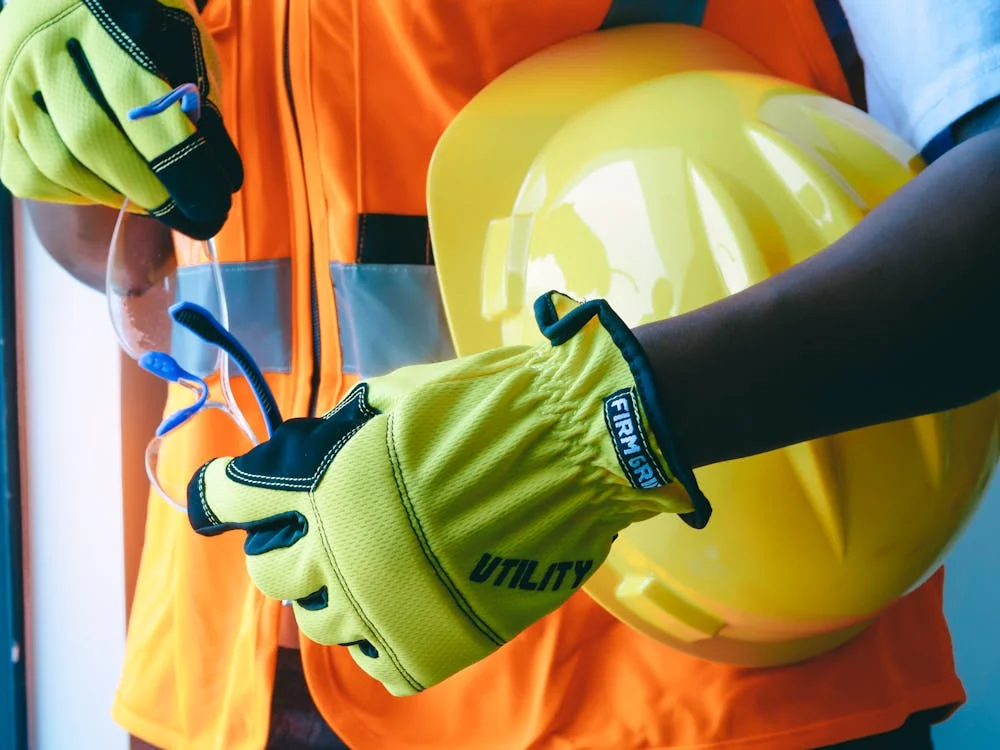 Workwear in Africa’s Construction Boom: Demand, Trends, and Opportunities2025年9月16日Walk through any African city today, and you’ll see […]
Workwear in Africa’s Construction Boom: Demand, Trends, and Opportunities2025年9月16日Walk through any African city today, and you’ll see […]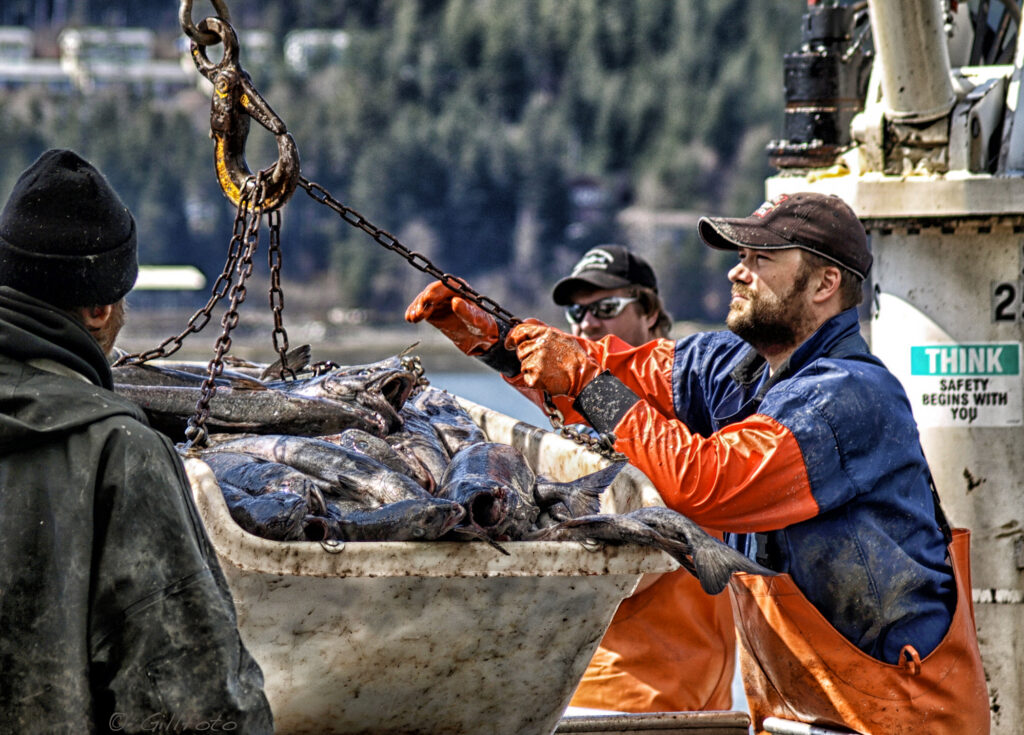 Workwear for Latin American Fishing & Ports: Waterproofing and Corrosion Resistance2025年9月12日Fishing and port industries in Latin America are the […]
Workwear for Latin American Fishing & Ports: Waterproofing and Corrosion Resistance2025年9月12日Fishing and port industries in Latin America are the […]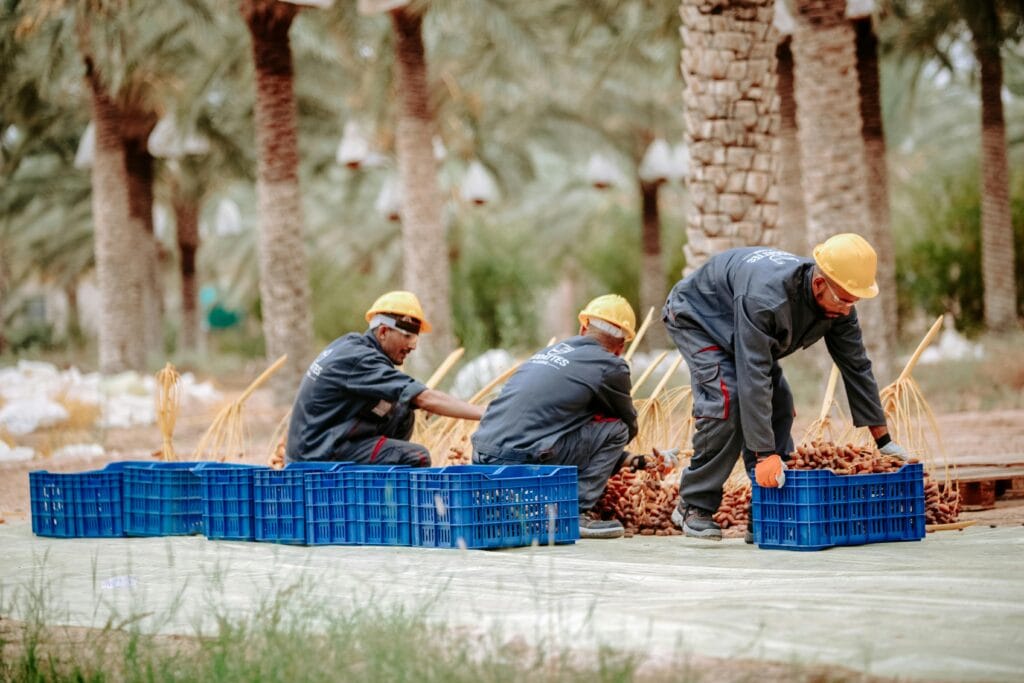 Workwear for South American Agriculture: Durability, Comfort, and Compliance2025年9月12日Agriculture in South America is one of the world’s largest […]
Workwear for South American Agriculture: Durability, Comfort, and Compliance2025年9月12日Agriculture in South America is one of the world’s largest […]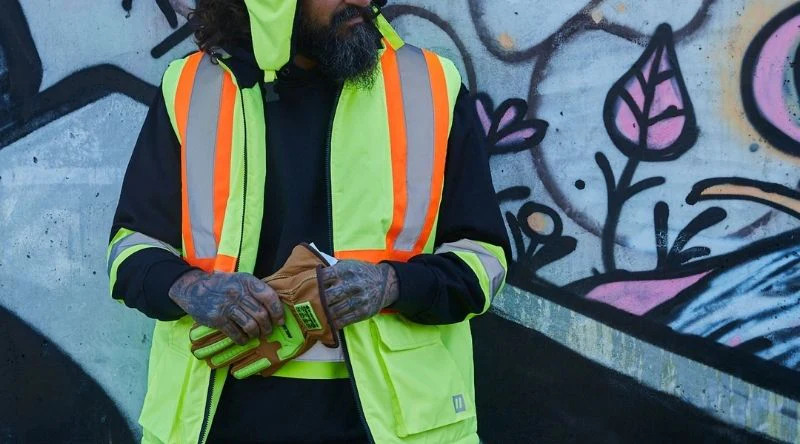 High-Visibility Workwear in African Infrastructure Projects: Safety, Standards, and Sourcing Opportunities2025年9月12日From Nairobi’s highways to Lagos’s ports and Addis Ababa’s […]
High-Visibility Workwear in African Infrastructure Projects: Safety, Standards, and Sourcing Opportunities2025年9月12日From Nairobi’s highways to Lagos’s ports and Addis Ababa’s […]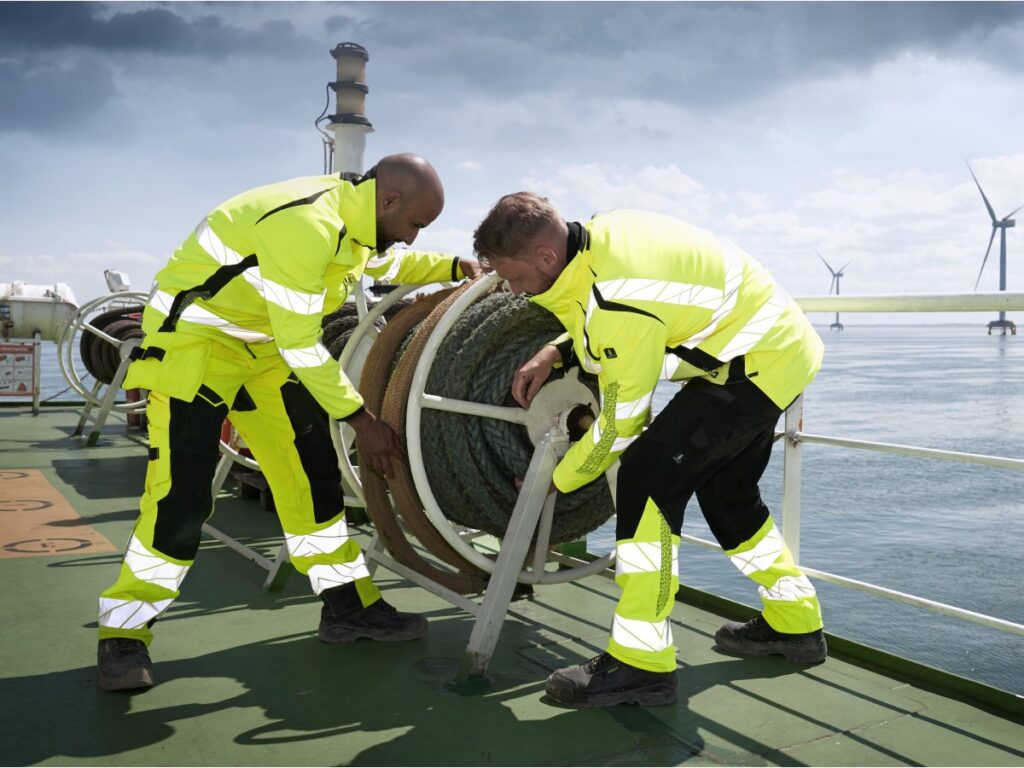 Flame-Resistant Workwear in the Middle East Oil & Gas Industry: Safety, Standards, and Sourcing2025年9月11日In the deserts of Saudi Arabia, the offshore rigs of Qatar, […]
Flame-Resistant Workwear in the Middle East Oil & Gas Industry: Safety, Standards, and Sourcing2025年9月11日In the deserts of Saudi Arabia, the offshore rigs of Qatar, […] Workwear in Africa’s Construction Boom: Demand, Trends, and Opportunities2025年9月11日Walk through any African city today, and you’ll see […]
Workwear in Africa’s Construction Boom: Demand, Trends, and Opportunities2025年9月11日Walk through any African city today, and you’ll see […]
CONTACT US
- Feel free to contact us any time. We will get back to you as soon as we can!
- +86-17330061805
